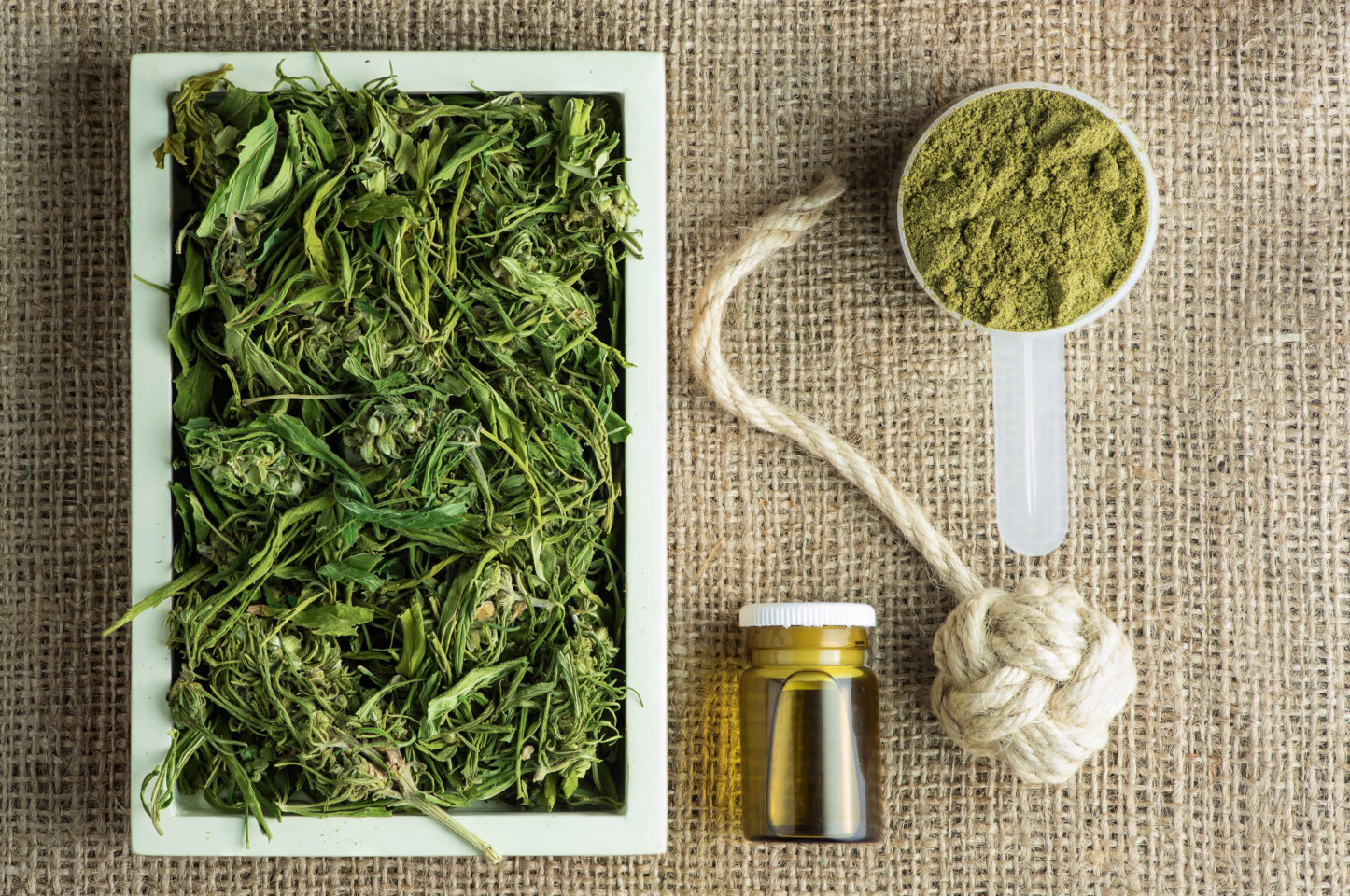A new report from New Frontier Data delves into the average number of plants that are considered to be “hot” and what the industry could look like in the near future.
New Frontier Data released new data on August 5 regarding crops and how many plants have gone “hot,” or exceeded the required limit of less than 0.3 percent THC, and needed to be destroyed. In its “Hot vs. Not?” research, the company states that the average percentage of plants that are considered hot in hemp harvests throughout the U.S. is 10.81 percent (based on data between 2018-2020).
New Frontier Data mentions that some states have either not been keeping detailed records of THC sampling in crops, or are not willing to publish the data, so the accuracy of these suggestions should be accepted with this in mind.
2018: 111,912 acres of hemp licensed, 78,176 acres planted, (harvest data unavailable for 2018).
2019: 511,442 acres of hemp licensed, 242,565 acres planted, 134,059 acres harvested.
2020: 336,655 acres of hemp licensed, 70,530 acres planted, 33,845 acres harvested.
With what the data does offer, more than 4,000 acres of crops were destroyed in 2019 (out of the 242,565 acres that were planted) because they were considered to be hot crops. Although crops in 2020 decreased, hot crops still increased, which led to an even more devastating year with 6,234 labeled as hot.
New Frontier Data predicts that, based on the aforementioned numbers, 2021 could yield an estimated 11,675 hot crops (although it also suggests that if the USDA finalizes its methods of testing and sampling, that number could change).
New Frontier Data alleges that the main reason why hot hemp crops have increased is largely due to the leniency of government organizations such as the USDA and state agricultural agencies.
“Consequently, the leniency of the USDA and respective state agriculture departments regarding genetics, and unwillingness to mandate certified seed like their Canadian counterparts, have led to both an excess of hot hemp acreage and an industry that has been almost singularly focused on one cannabinoid which U.S. consumers are otherwise projected to spend $121 billion on between 2020 and 2025,” New Frontier Data wrote.
Earlier this year, on January 15, the USDA Interim Final Rule was published. If a hemp crop was tested to have more than 1.0 percent THC, it would need to be destroyed. “Remediation refers to any process by which non-compliant hemp (THC concentration > 0.3%) is rendered compliant (THC concentration ≤ 0.3%). Remediation can be achieved by separating and destroying non-compliant flowers while retaining stalks, leaves and seeds or by shredding the entire hemp plant to create a homogenous ‘biomass’ that can be retested for THC compliance,” the USDA’s updated rule state.
Hemp and Margin of Error
New Frontier Data believes that the particular language used by the USDA could mean that there is an acceptable margin to allow industrial hemp to be used to make fiber. The organization notes that this year’s harvest season will be an interesting one, as many growers decided to plant hemp seeds from China. These particular strains usually test at, or above, the one percent THC limit; however, the genetics also have developed strong hemp stalks that could be extremely useful in fiber production.
Analysts believe that the imminent discussions of legalizing cannabis on the federal level could mean new changes to the THC percentage limits to come as well. “…the current regulatory scheme is underpinned by the federal prohibition of high-THC cannabis as the rationale for the excessively low THC-threshold for industrial hemp,” said New Frontier Data Senior Industry Analyst Josh Adams. “Should high-THC cannabis be made legal, then there is little remaining justification for continued enforcement of the <0.3% THC threshold.”
Adams adds that if Senator Rand Paul’s proposed Bill, the Hemp Economic Mobilization Plan Act of 2021, which was announced in March 2021 and would raised the threshold from 0.3 percent THC to 1.0 percent THC, is passed, “…it would effectively be moot in an environment where high-THC cannabis was no longer prohibited. In this scenario, continuing to regulate industrial hemp and cannabis separately based solely on THC content makes little sense.
“Once high-THC cannabis becomes legal, there will likely need to be some reconciliation of these policies to establish a more consistent regulatory framework for the cannabis plant as a whole,” he explained.
Read the full article here









